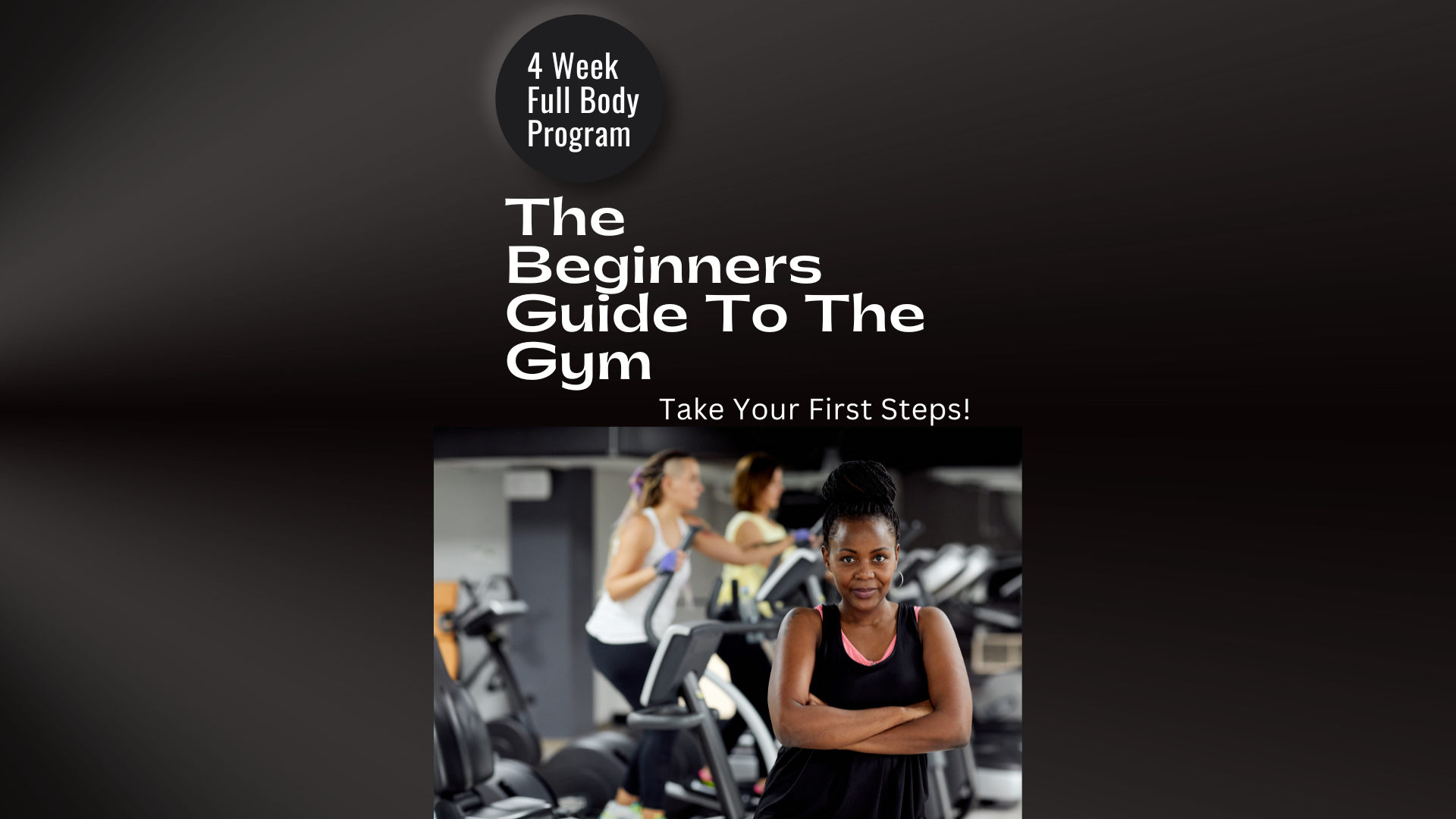How To Train While Losing Fat
To lose fat, you must change your lifestyle by manipulating your nutrition and activity levels.

However, though fat loss sounds simple, there are many important considerations to consider when going through that period.
One is the approach to training while losing fat, as it can make or break your process.
In this article, we’ll review every necessary detail regarding fat-loss training.
Without further ado, let’s get to it!
The Deficit
One of the underlying principles of fat loss is the so-called “caloric deficit,” which implies consuming fewer calories than your body requires to maintain its weight and physiological processes.
Doing so allows the body to burn more fat than it stores, thus tapping into your fat reserves and burning them off.

Though a caloric deficit is good for fat loss, it inevitably leads to loss of lean body mass (LBM) and fat loss.
While losing fat, your goal is to reduce the losses of lean body mass and retain health, energy, and metabolic rate.
Before you get into training during the weight loss phase, make sure you have the following in check:
- A moderate caloric deficit of 400-500 calories
- A sufficient protein of ~1g per lb of body weight
- Suitable amounts of fat – 0.35-0.45g per lb of body weight
- Adequate amounts of carbohydrates (remaining calories after calculating protein and fats)
Once you have these in check, you are halfway there with your goal of preserving LBM.
How Training Can Help You
Besides proper nutrition, training is another thing that can help you retain your muscle mass and keep your metabolic rate up.
Though a caloric deficit is the only MANDATORY thing for weight loss, it is highly recommended that you do your workout sessions as well.

In doing so, you will stimulate the muscle protein synthesis inside the muscle cells and, thus, create a stimulus for more excellent retention of lean body mass (including muscle mass).
This is mainly relevant for resistance training, which can also be combined with cardio training.
Important Training Considerations
Before you enter the gym and go all in on your workouts, you have to factor in a few things.
Otherwise, you risk poor recovery and chronic exhaustion.
Here are our best fat-loss training tips:
- Lower the intensity (Slightly)
Due to the fact you are in a deficit of energy, you inevitably have to train at a different level of intensity.
Because intensity is demanding by nature, you have to ensure you aren’t reaching failure too often.
It would be best to work with heavy weights, but not too heavy.
Remember to always leave 1-3 repetitions in reserve, as this will allow you to recover sufficiently, though you are in a caloric deficit.
- Do More isolated movements.
Though heavy, compound movements must be at the core of your fat-loss workouts, you can also include more isolated exercises.
These exercises emphasize one specific muscle group and improve the shape and details of the muscle itself.
Are you looking for aesthetically pleasing muscle separations? Don’t forget your isolations!
- Flex, flex, flex!
Besides helping you retain muscle mass, training is supposed to bring out the fine details of your musculature during the weight loss phase.
This can be done not only through isolated exercises but also… Flexing!
That’s right – Flexing your muscles and holding that peak flexion can help you chisel your biological sculpture further!
On top of that, practicing posing can significantly help with your presentation and how you feel in your skin.
Flexing in front of the mirror looks stupid. Not anymore; it has benefits!
Conclusion
During weight loss, you lose fat tissue and lean body mass, all other tissue except fat.
You aim to lose fat and retain as much of that LBM as possible.

To do so, you must ensure that your caloric deficit is moderate and supported by solid protein, fats, and carbohydrates.
After checking those essential points, you must engage in regular resistance training, exercising at moderately high-intensity levels without reaching failure.
Doing all this will set you up for the healthiest, leanest, and happiest version of yourself!
So, what is there to lose? Crush your goals!

